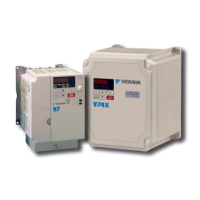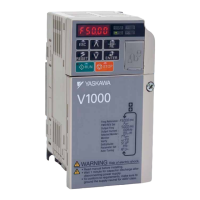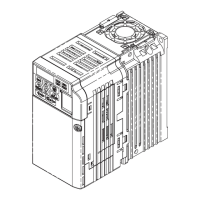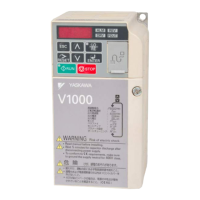n
C4-04: Torque Compensation at Reverse Start (OLV only)
Sets the amount of torque reference at start in the reverse direction in order to improve motor performance during start
with
heavy load. Compensation is applied using the
time constant set in parameter C4-05. A setting of 0.0% disables this
feature.
No. Parameter Name Setting Range Default
C4-04 Torque Compensation at Reverse Start -200.0 to 0.0% 0.0%
n
C4-05: Torque Compensation at Start Time Constant (OLV only)
This parameter is the time constant for applying the torque compensation at start set in parameters C4-03 and C4-04.
No. Parameter Name Setting Range Default
C4-05 Torque Compensation Time Constant 0 to 200 ms 10 ms
n
C4-06: Torque Compensation Primary Delay Time 2 (OLV only)
This
time constant is used during Speed Search
or during regenerative operation when the actual motor slip is higher than
50% of the rated slip. Adjust the value if an overvoltage fault occurs with sudden changes in the load or at the end of
acceleration with high inertia load.
No. Parameter Name Setting Range Default
C4-06 Torque Compensation Primary Delay Time 2 0 to 10000 ms 150 ms
Note: 1. If C4-06 is set to a relatively large value, be sure to also increase the setting in n2-03 (AFR Time Constant 2) proportionally.
2. C4-06 will not be active if L3-04 is 0, 3 or 4, the output frequency is below 5 Hz, or Speed Search after momentary power loss is
active.
u
C5: Automatic Speed Regulator (ASR)
The ASR is a PI controller that adjusts the output frequency in order to compensate the motor slip when load is applied.
It is active only when V/f Control is
used in combination with a speed feedback signal connected to the drive pulse input
RP (V/f Control with Simple Speed Feedback).
The pulse input provides one track only and can not detect the direction of motor rotation. A separate motor speed direction
signal must therefore be input to the ASR by:
1. Using a Digital Input
This method is automatically enabled when a digital input is programmed for “Forward/Reverse direction” (H1-
oo= 7E). If the input is closed, the drive assumes reverse rotation. If open, then the drive assumes that the motor is
rotating forwards.
When a 2 track encoder is used, an external unit that converts the 2 tracks into 1 track and a digital direction signal
can be used.
2. Using the Frequency Reference Direction
When no digital input is set for “Forward/Reverse direction” (H1-oo≠ 7E), ASR uses the direction of the frequency
reference.
Figure 5.29 illustrates the ASR function when using V/f with Simple Speed Feedback.
5.3 C: Tuning
148
YASKAWA ELECTRIC SIEP C710606 16C YASKAWA AC Drive – V1000 Technical Manual
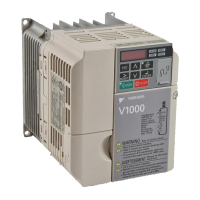
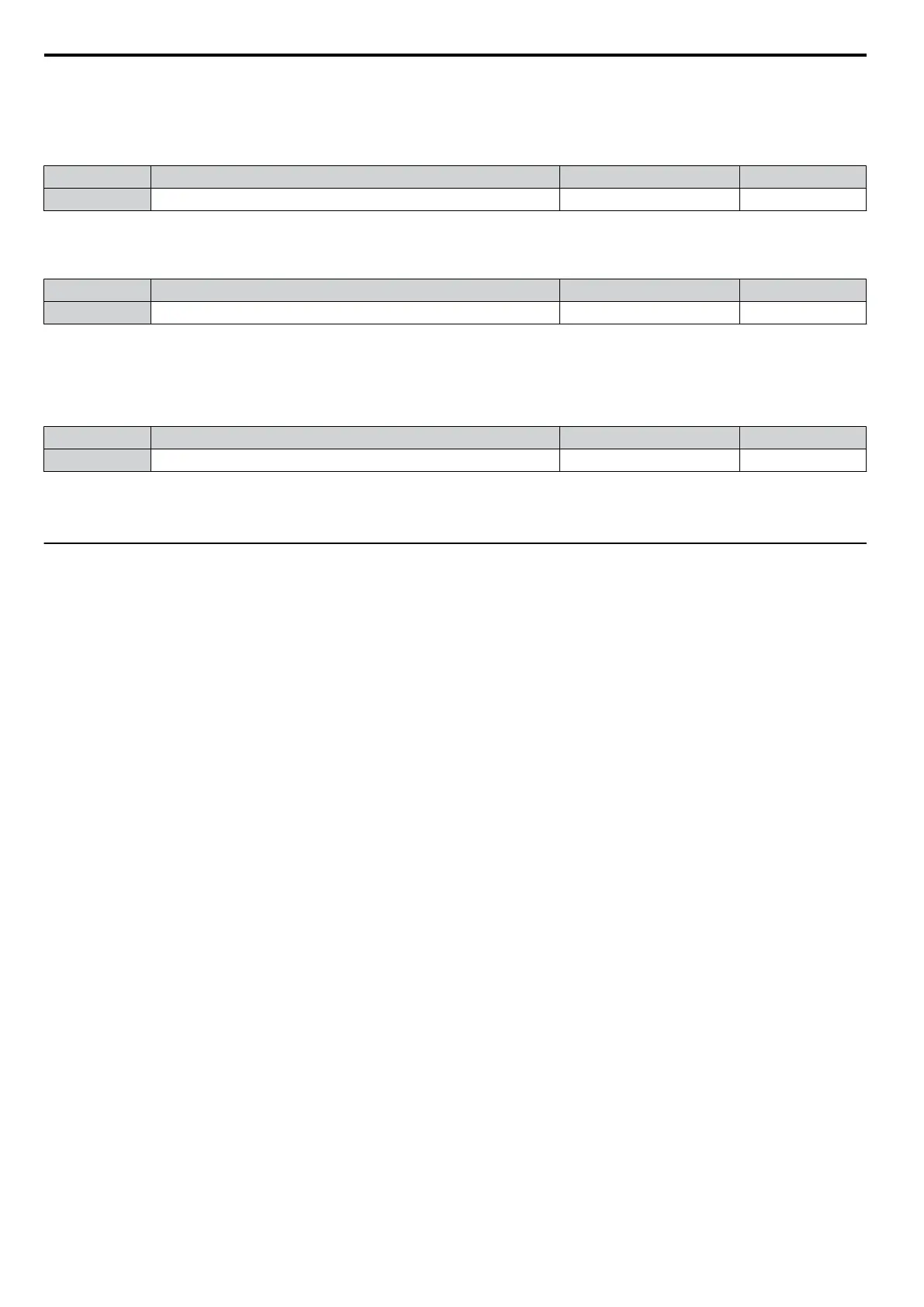